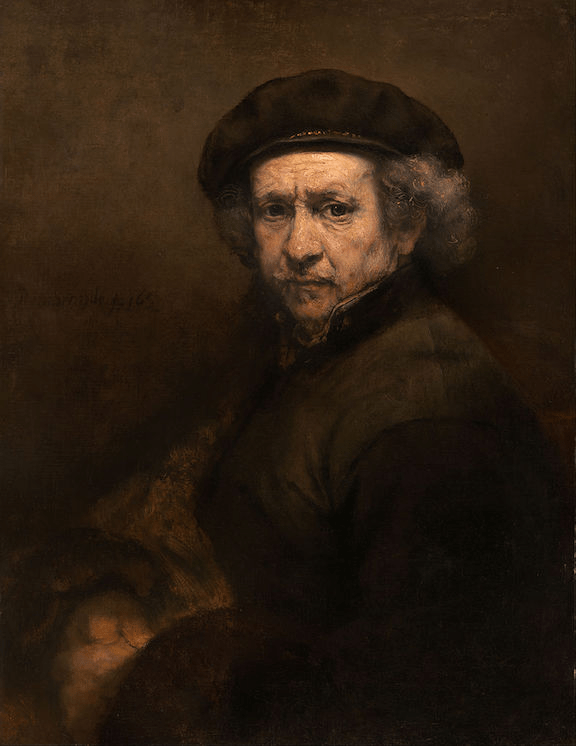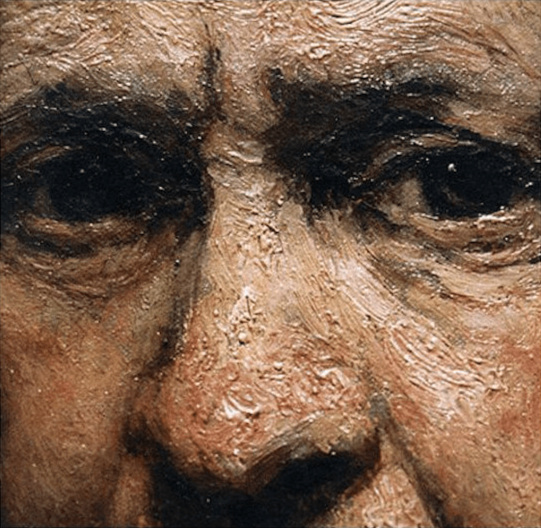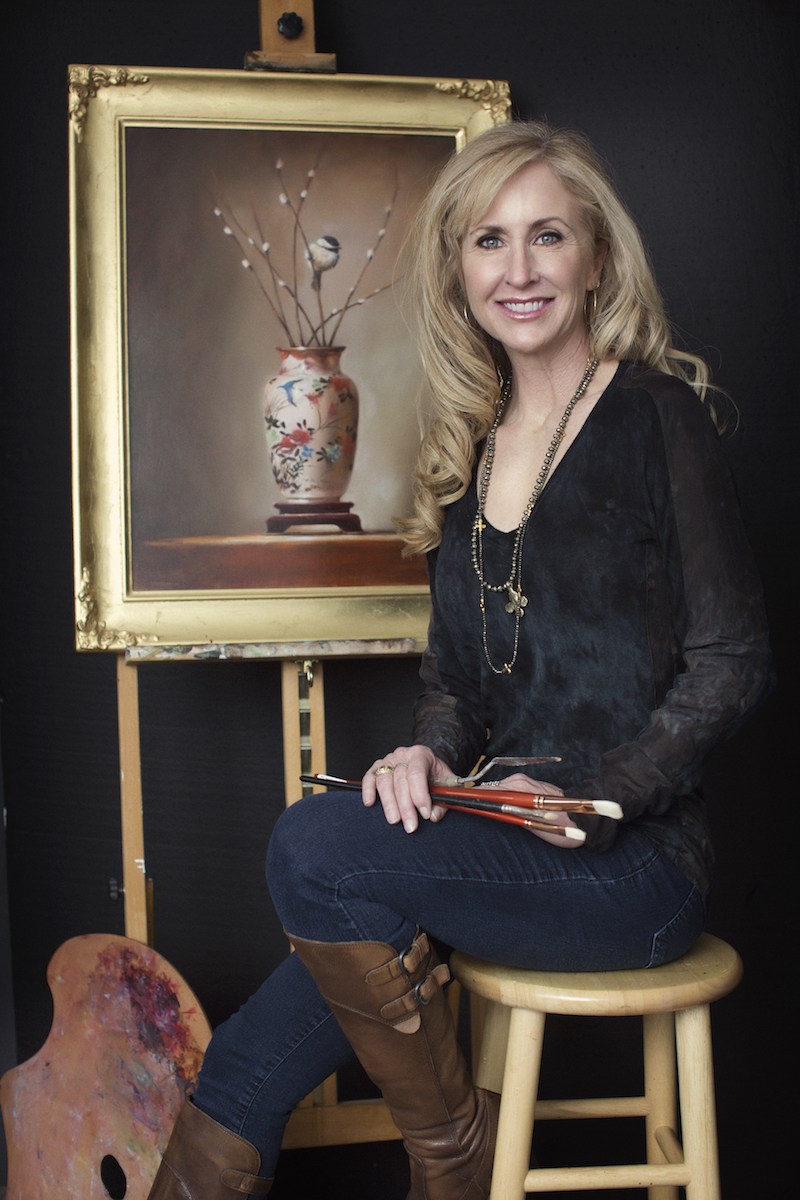Lori McNee - Impasto and Glazing Technique with Cobra
Article by Lori McNee www.LoriMcNee.com / www.FineArtTips.com
Over the centuries, oil paint has been admired for its versatility. With oils artists can achieve interesting textures ranging from thick impasto effects to beautiful thin glazes that refract the light much like stained glass.
I use both impasto and glazing techniques in my own works using Cobra solvent-free, water-mixable oils. The application of paint can range anywhere between transparent to opaque or from thin to thick.
Rembrandt mastered the balance between impasto and glazing in his famous paintings. Hundreds of years later, Rembrandt’s works are great examples to texture and application of paint.
I prefer to paint with Cobra solvent-free, water-mixable oils because of their versatility and environmentally friendly attributes. They are beautiful paints which are made with linseed oil and professional grade pigments. Here’s an informative article I wrote, Water-mixable Oils – Facts, Tips and Why I Use Them.
These paints are traditional oils that mix water instead of harsh solvents, and simply clean up with only soap and water! Here are a few tips for getting successful impasto and glazing results using Cobra.
For impasto effects:
Impasto is the process of laying on paint or pigment thickly so that it stands out from the surface. This can be applied with a synthetic bristle brush or palette knife.
Cobra’s Painting Paste creates beautiful impasto effects. It is a colorless medium that can be mixed with water-mixable oil paint in any ratio. The paste is basically oil paint without the pigment.
The Painting Paste is simple to use and it also works great for plein air painting.
For glazing effects:
Glazing consists of applying a transparent layer of paint over another thoroughly dried layer of opaque paint with a soft brush. Glazes are used to enhance the texture or color below and it will give it more depth.
Allow the paint to dry, then use a softer brush loaded with transparent glazes and lightly drag across the dried impasto. The glaze will puddle in the valleys made by the bristle brush. You can also use a lint-free cloth or towel and carefully wipe the glaze off the peaks of the impasto. This technique allows the light to shine through the layers of paint and add an air of mystery to your work.
To create a glaze, use extra medium and water for thinning the paint. You can use Cobra’s Glazing Medium or my favorite, the new Quick Dry Medium.
I prefer the Quick Dry Medium because it shortens the drying time, increases the gloss and transparency plus it improves durability.
The ratio of the mixture depends upon how much pigment you want suspended in the medium. Mix the glaze formula on the palette with the pigment until the desired degree of transparency is achieved.
In the painting below, Old Bottles & Wildflowers, I used a combination of impasto and glazing techniques. The impasto effects on the flowers help add dimension to the petals and transparent glazes were used to help add to the effect of glass.
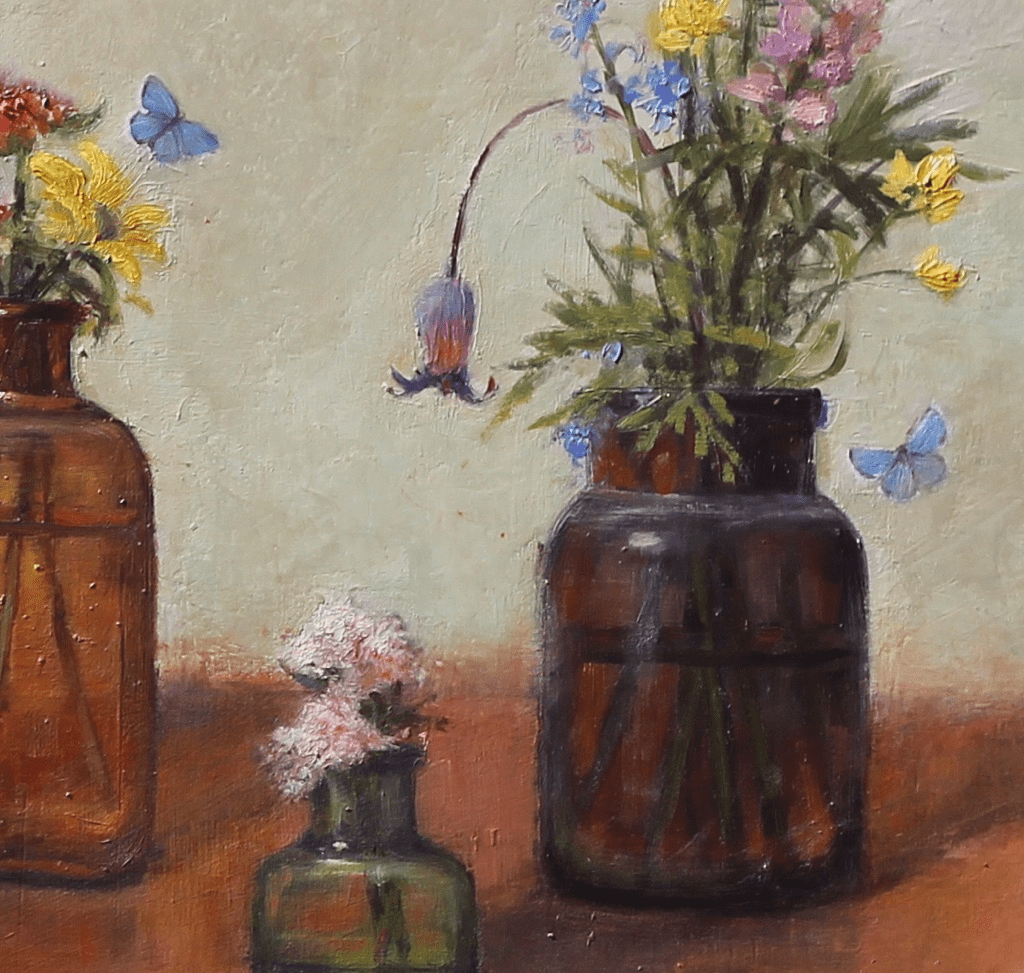
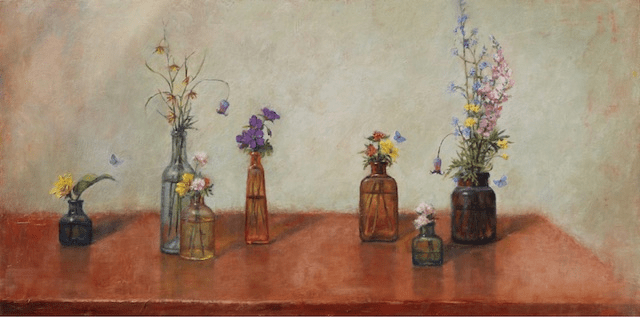
I’d like to add an important water-mixable oil tip: Sometimes I receive emails and blog comments from painters who struggle with water-mixable oils. The most common complaint is, “they are sticky.” I never have this problem! Stickiness happens when too much medium and not enough water is used. Even when I’m creating impasto passages with the Painting Paste, I still add a bit of water to each stroke. Otherwise, it will become sticky. The same goes for the Quick Dry Medium and Glazing Medium.
Try these impasto and glazing techniques to enliven your paintings with texture and transparencies.
Lori McNee is a professional artist and Royal Talens Artist Ambassador who specializes in landscape, still life and oil paintings. Lori shares valuable art tips and marketing advice on her popular blog, www.FineArtTips.com. She is also a keynote speaker and author. Her helpful book, Fine Art Tips with Lori McNee: Painting and Professional Advice is available on Amazon.

